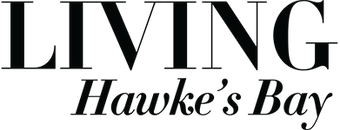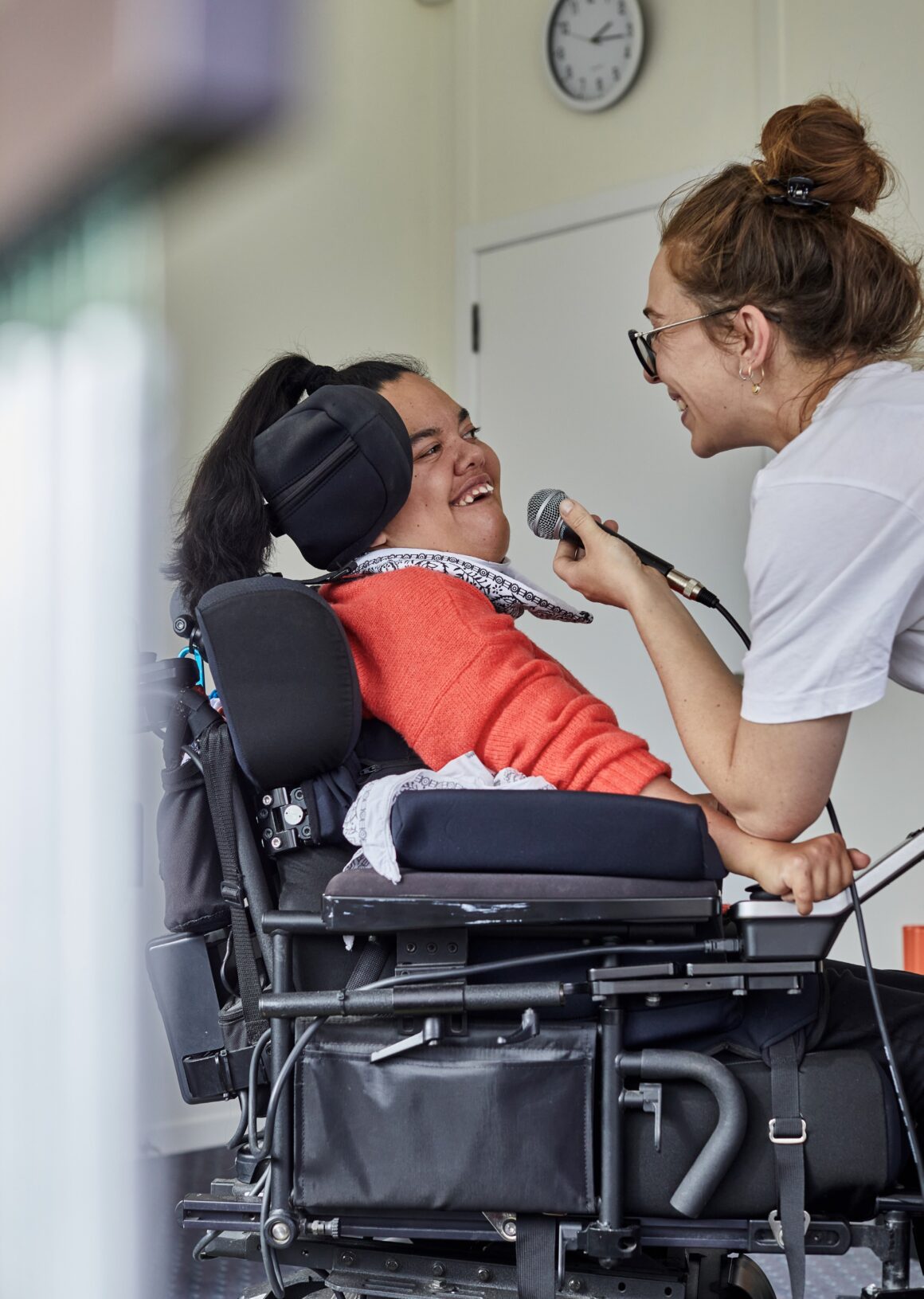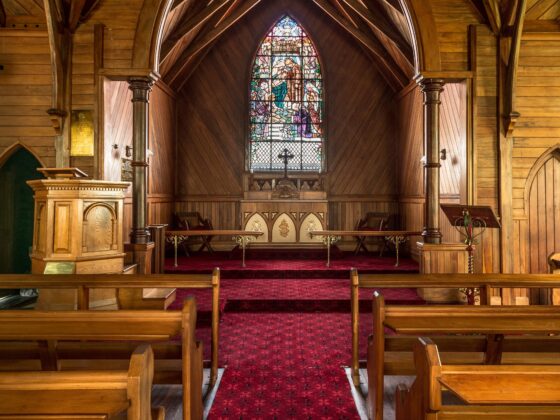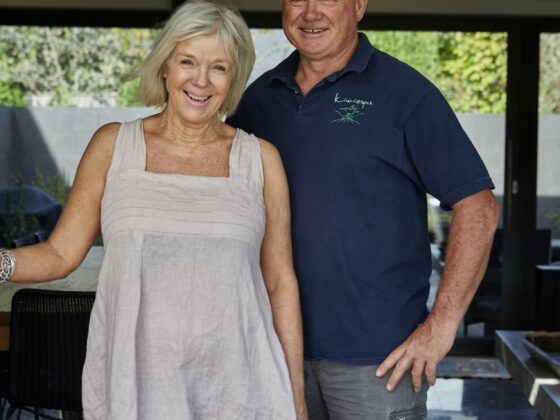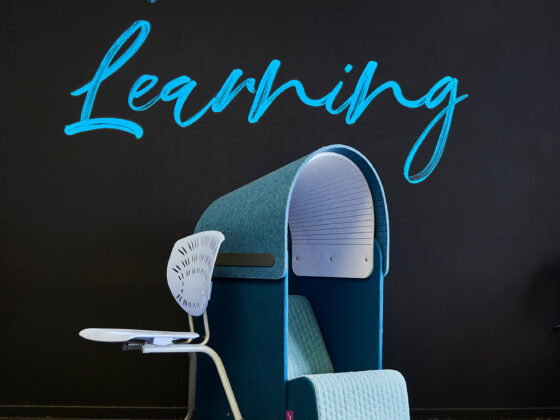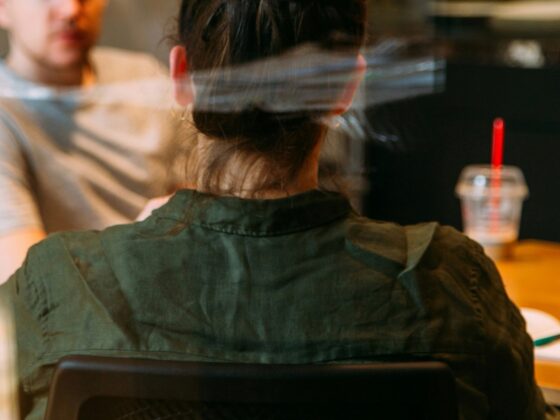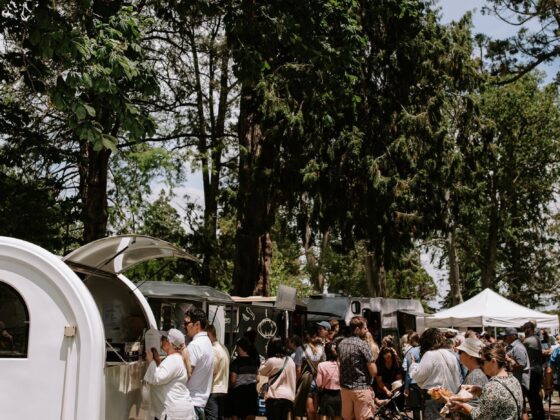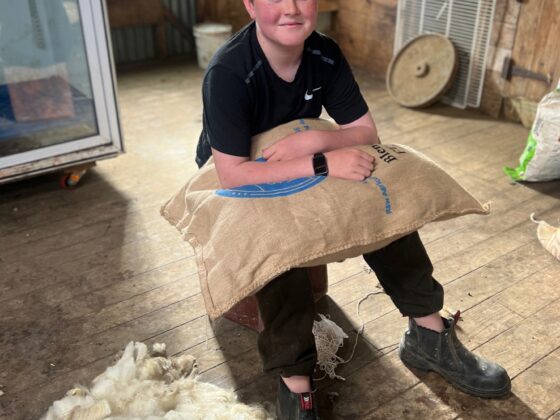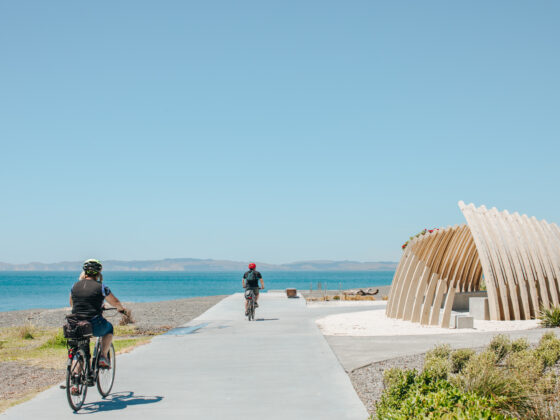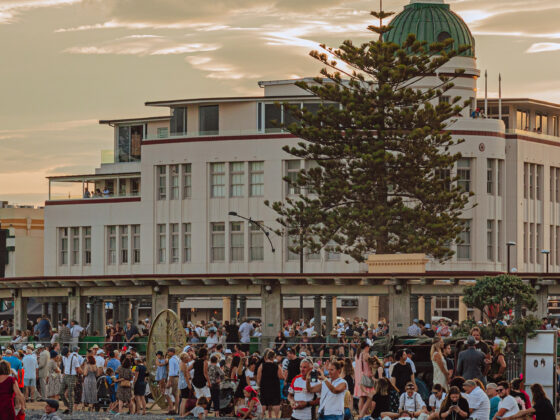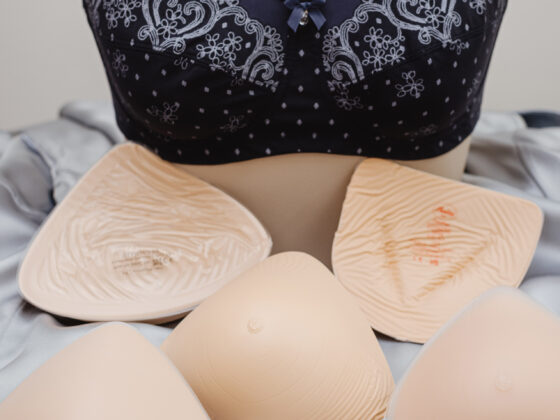Communicating through music is the rewarding work of music therapists who bring healing and happiness to many Hawke’s Bay families. Susan Wylie met with two local therapists to find out more about this important and beautiful holistic practice.
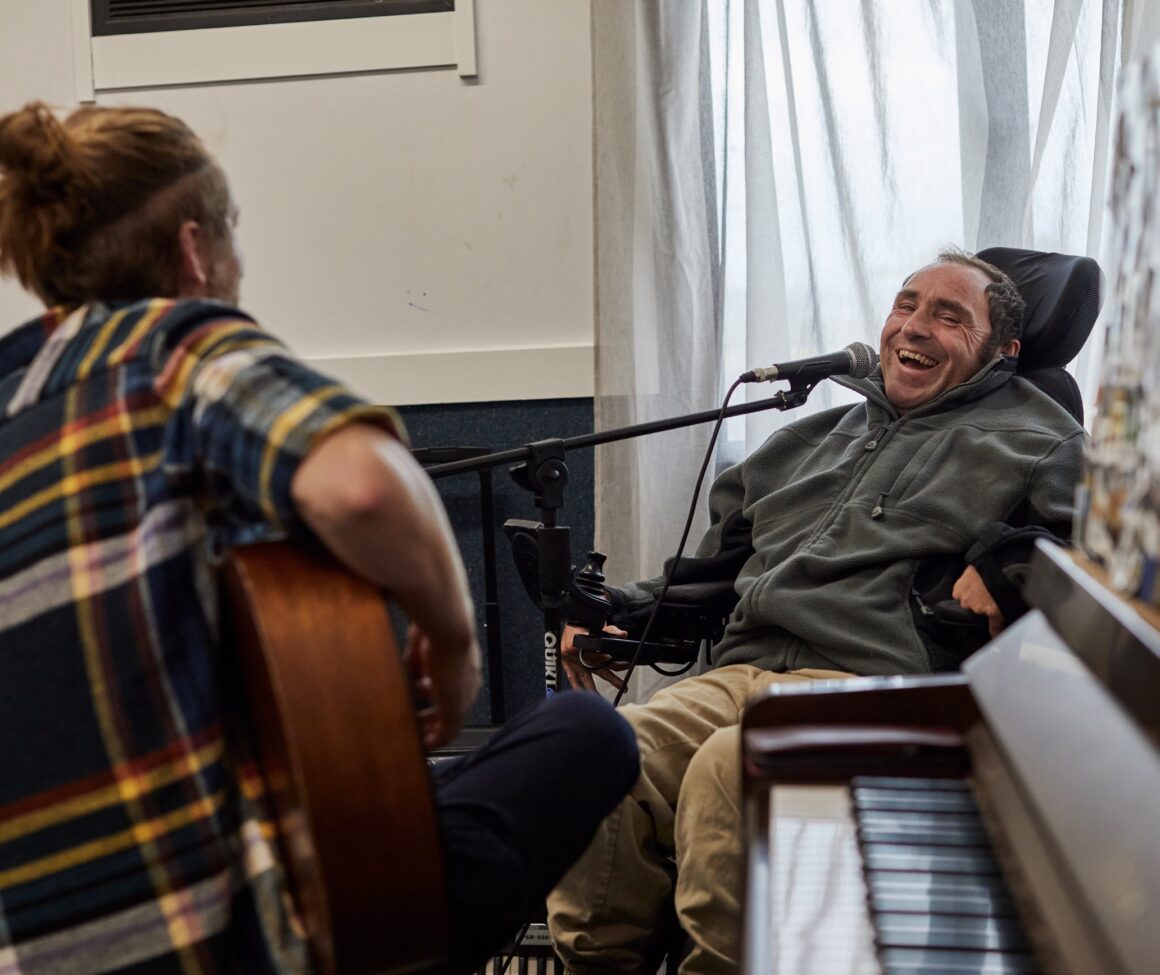
This year celebrates 50 years of music therapy in New Zealand, a discipline that uses music in a planned way to assist people with emotional, intellectual, physical or social challenges to heal and grow.
Music therapists Ella Polczyk-Przybyla and Matt Carroll work at the Hawke’s Bay branch of the Raukatauri Music Therapy Trust, which has operated in Hawke’s Bay since 2018. They offer individual and group therapy sessions in their Hastings centre and have a strong outreach programme working in schools, both mainstream and special needs. They also work in the Hawke’s Bay Regional Prison’s intervention support unit.
Matt really loves working with the schools and is particularly looking forward to Taradale’s Fairhaven School production in term three. “Fairhaven is doing a great thing. I love the creativity and empathy of the kids; improvisations unfold using just voices and strumming, so the music is vibrant and dynamic.”
People seeking music therapy come in all ages and with a wide range of developmental or physical needs, trauma or mental health challenges and neurodiversity. A very important aspect of music therapy is that it recognises each individual’s worth, focusing on their strengths.
“Our programmes are led by the participants who can choose what sort of music or instrument they want to listen to, move to, sing along with or play,” explains Ella.
She explains the multiple benefits from this therapy, such as improved language and social development for children, or pain reduction and better breathing for people who are unwell. And we all understand how music can lift our mood. The therapy can also result in more secure relationships between parents and their young children with special needs – a particularly precious benefit.
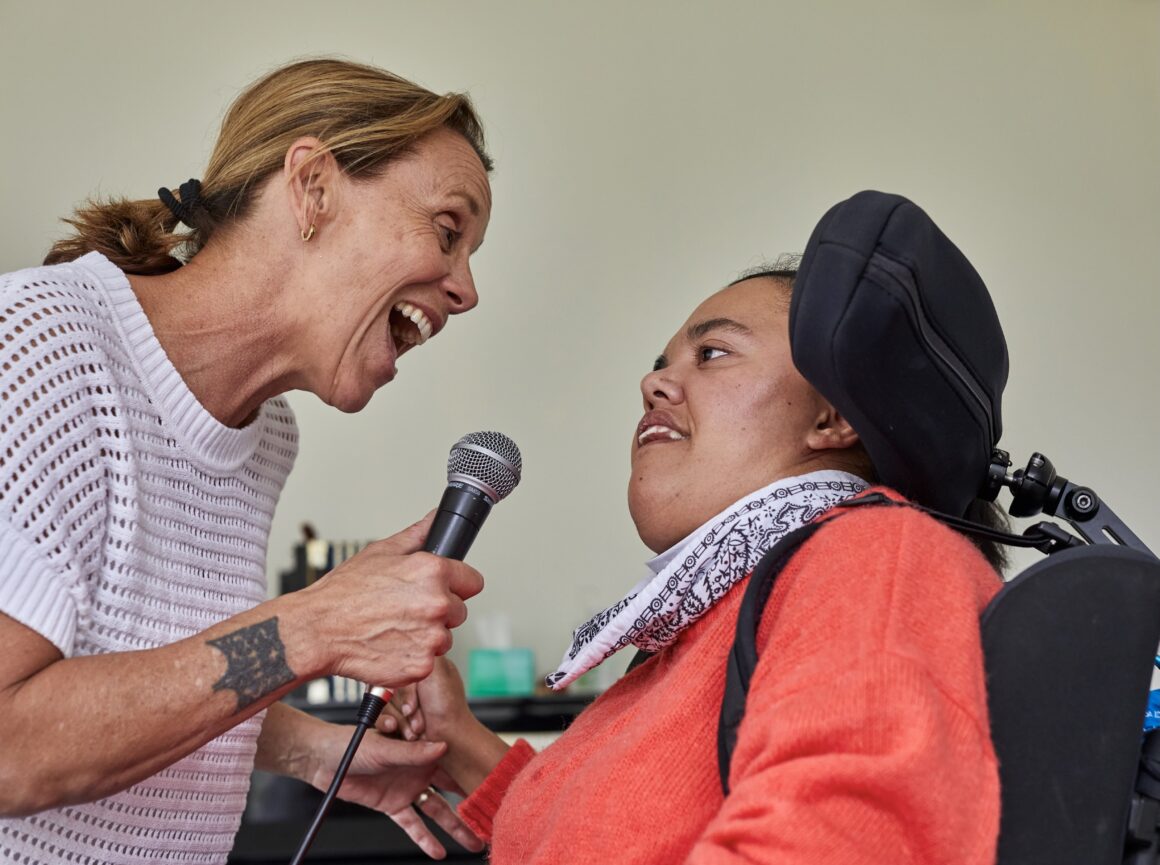
The Trust has been in the news recently as their founder, Hawke’s Bay wahine Dame Hinewehi Mohi, is organising an event in September to snatch back the world record for the largest haka from the French, who have held it since 2014. Alongside getting the world record rightfully back in Aotearoa, this will also be a fundraiser for the Trust, which provides the only music therapy centres in the country, but receives no government funding.
Dame Hinewehi established the Raukatauri Music Therapy Trust and named it after her daughter, following her discovery of the benefits of music therapy for her disabled child, while she was visiting the UK.
Her daughter was named after Hineraukatauri, the Māori goddess of the flute. The goddess is the case moth who lives in her elongated cocoon hanging from native trees, and that shape has influenced the pūtōrino Māori flute over the centuries. A vibrant mural of the goddess painted by Darryl Thompson, the artist known as DLT, brightens the waiting area.
The Trust operates as a charity with centres also in Auckland, Bay of Plenty and Northland; most music therapists are sole operators belonging to the national association, Music Therapy New Zealand, established in 1975.
While the music route isn’t the only way into becoming a music therapist – many come via health or therapy routes – both Ella and Matt are musicians who studied in the UK. Ella plays in several local bands including a funk band and a klezmer band. Matt also plays in bands and had various jobs in pubs and theatres before Covid lockdown gave him the impetus to become qualified, as he then had an opportunity to “bang down on my studies and use it [lockdown] productively.”

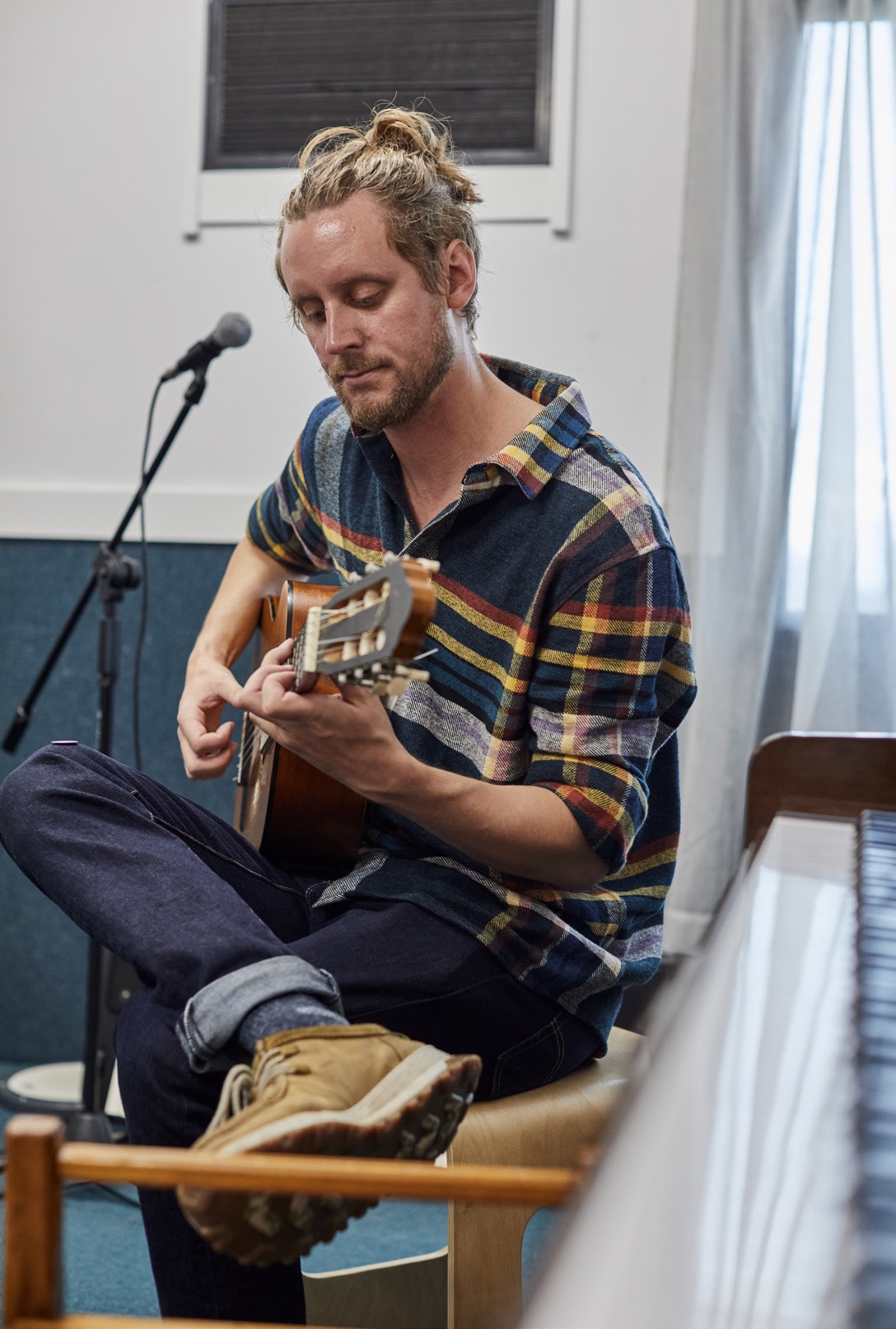


There’s a wide range of instruments to make sounds, and music therapist Matt Carroll often accompanies on his guitar
Ella and Matt are assisted by a student trainee, Sinead Hegarty, who is completing her music therapy studies through Victoria University Wellington. They are also blessed with two volunteers who clean and maintain the instruments, create visuals for use in sessions and do odd jobs and creative tasks around the centre.

Ella says that every one-on-one session is different, depending on the preference, and even mood, of the client. A session with a young child always has a structure to ensure the child feels safe with familiarity.
“We will usually open with a familiar hello song and end with a goodbye song,” Ella explains. “The middle is up to them and is where a child can express themself and communicate. They might choose a song to move to, which also sneaks in physical benefits, especially where the clinical goals are that of mobility and motor skills. Children who are non-speaking may choose their music from a board and communicate through signs, visual aids and the music itself.”
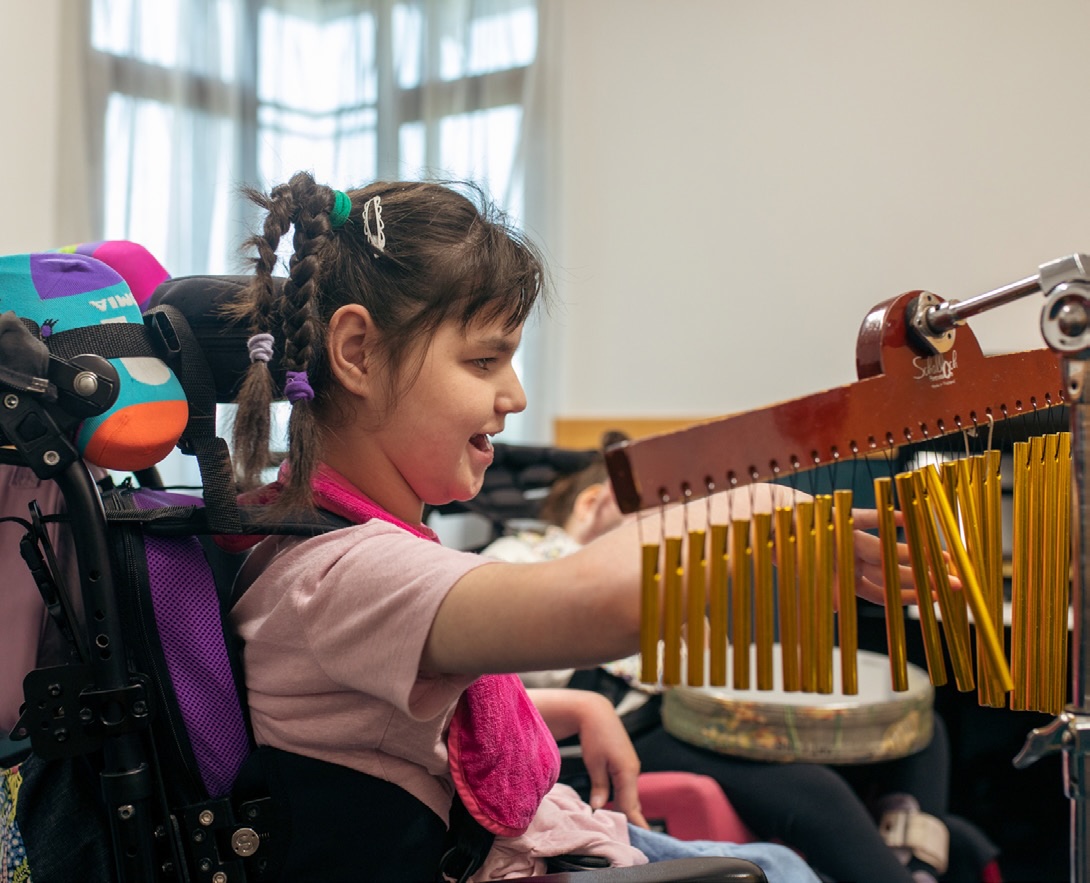
Song books help older people to enjoy making music and get breathing and moving, especially after an injury. Music therapy is known to improve cognitive skills and assist with memory for the elderly. The team has also worked with a musician who had suffered a stroke and needed to rediscover music making. Ella remarks, “When your identity is as a musician, it’s important to find a way back into playing again.”
The Raukatauri team are excited by their career choices and enthusiastic about what they can offer to individuals, families and the community.
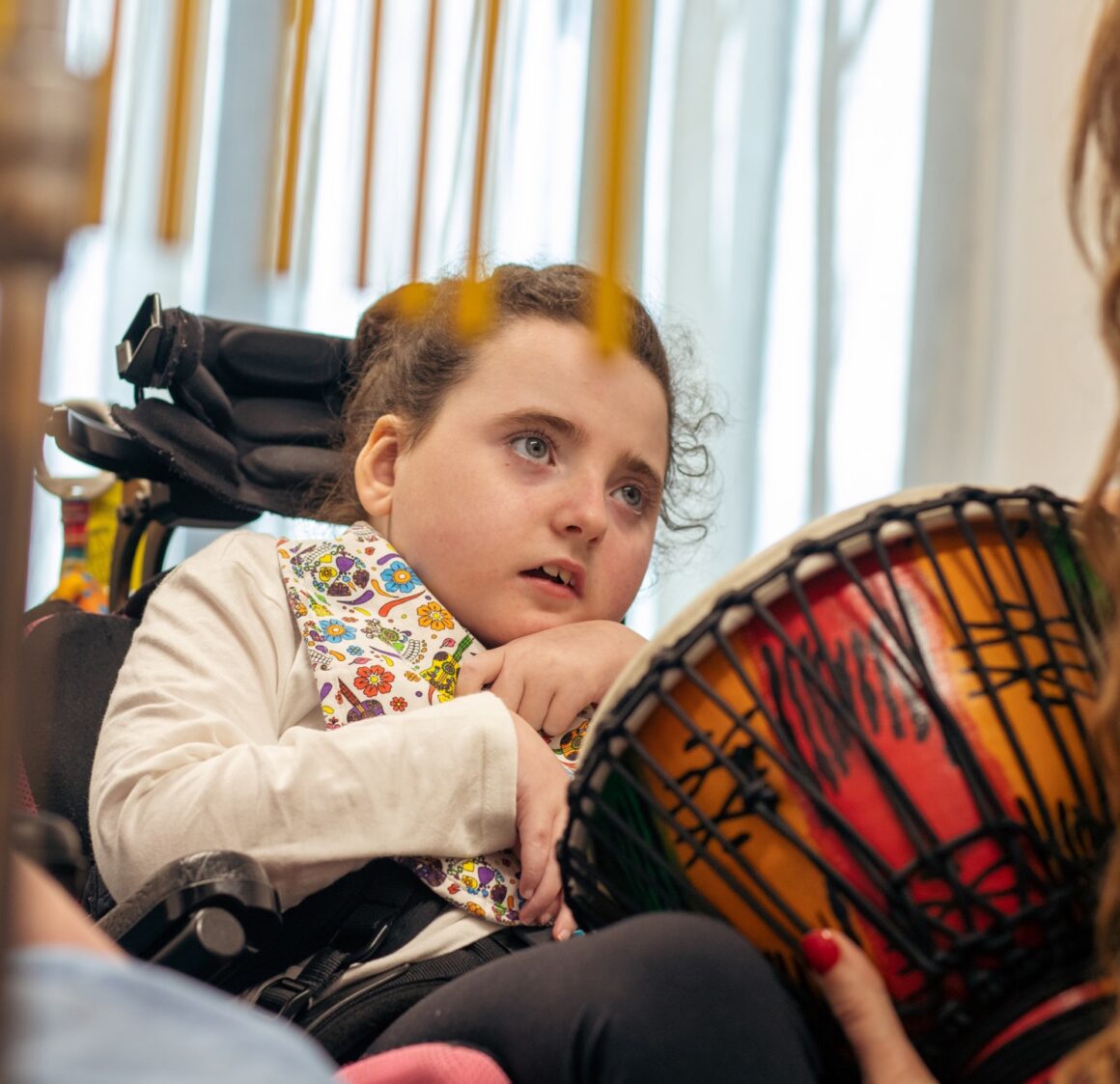
Ella comments, “As music therapists, I feel we are in such a unique position, where we can let the clients have their own autonomy during sessions, where singing, playing music and embracing their culture feels like a safe space for them to heal and communicate.”
Dame Hinewehi Mohi has recently been inducted into the New Zealand Music Hall of Fame.
Raukatauri Music Therapy Trust – rmtc.org.nz
